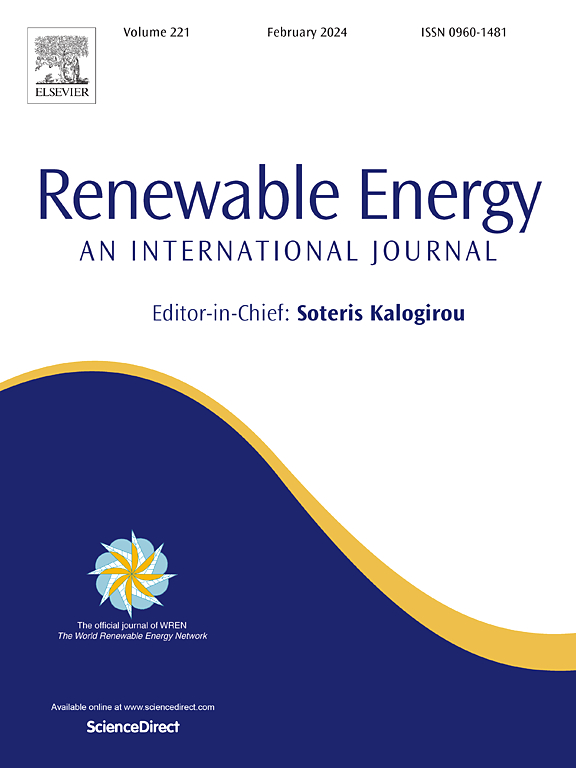Efficient calculation of distributed photovoltaic power generation power prediction via deep learning
IF 9
1区 工程技术
Q1 ENERGY & FUELS
引用次数: 0
Abstract
Distributed photovoltaic (PV) power generation has gained significant support from national policies and has seen rapid development due to its ability to adapt to local conditions, its cleanliness and efficiency, as well as its notable environmental and economic benefits. However, PV power generation is highly susceptible to fluctuations and unpredictability caused by varying weather conditions. Accurate prediction of PV power generation is essential for maintaining grid stability and efficient operation. To improve prediction accuracy, we propose a novel model, PerfCNN-LSTM, which combines a convolutional neural network (CNN) and a long short-term memory (LSTM) network with the Performer self-attention mechanism. This model aims to enhance PV power generation forecasting. By extracting local features from the data, the model further captures global features through the integration of the Performer self-attention mechanism layer. This layer introduces linear random feature mapping, transforming the originally nonlinear attention weight calculation into linear attention, which simplifies the attention process and reduces the model's computational complexity. The output from the Performer layer is directly fed into the LSTM model to generate the final PV power generation prediction. We evaluated the performance of the model across three different datasets using key metrics such as MAE, RMSE, MSE, and R2. When compared with six other deep learning models, the PerfCNN-LSTM demonstrates superior prediction accuracy.
求助全文
约1分钟内获得全文
求助全文
来源期刊

Renewable Energy
工程技术-能源与燃料
CiteScore
18.40
自引率
9.20%
发文量
1955
审稿时长
6.6 months
期刊介绍:
Renewable Energy journal is dedicated to advancing knowledge and disseminating insights on various topics and technologies within renewable energy systems and components. Our mission is to support researchers, engineers, economists, manufacturers, NGOs, associations, and societies in staying updated on new developments in their respective fields and applying alternative energy solutions to current practices.
As an international, multidisciplinary journal in renewable energy engineering and research, we strive to be a premier peer-reviewed platform and a trusted source of original research and reviews in the field of renewable energy. Join us in our endeavor to drive innovation and progress in sustainable energy solutions.
 求助内容:
求助内容: 应助结果提醒方式:
应助结果提醒方式:


